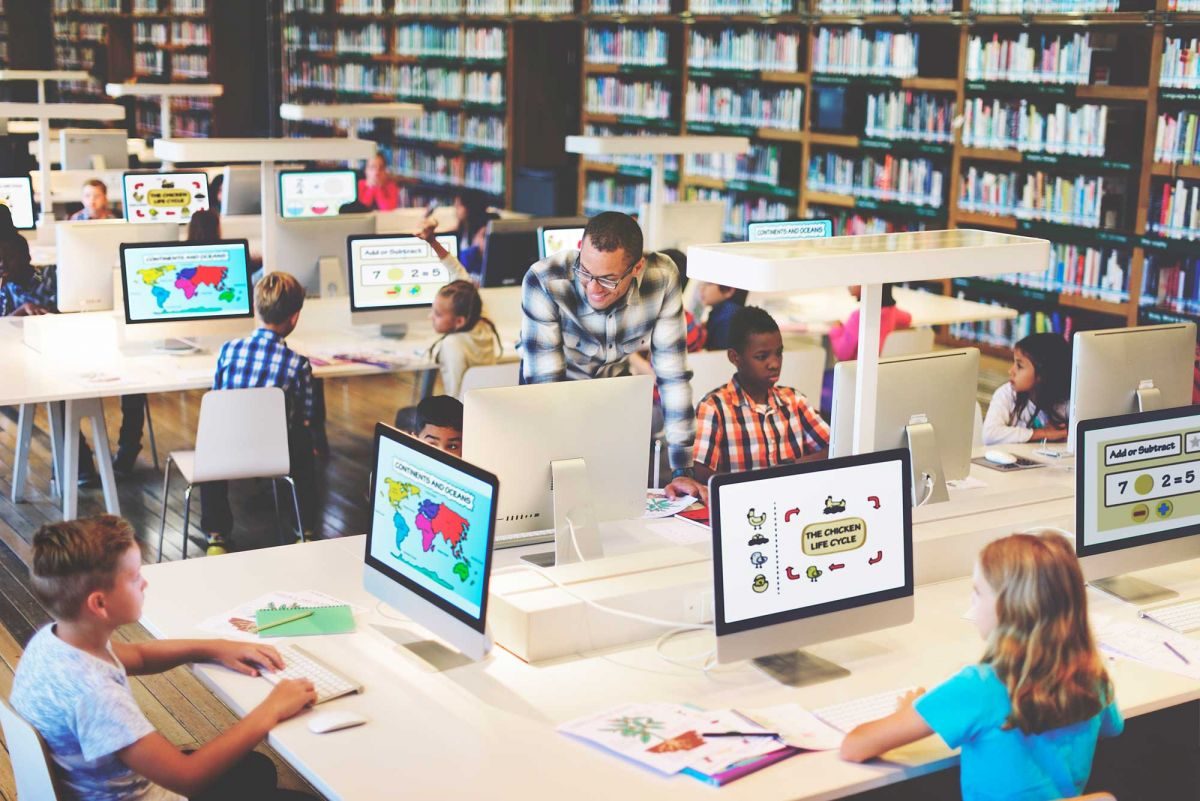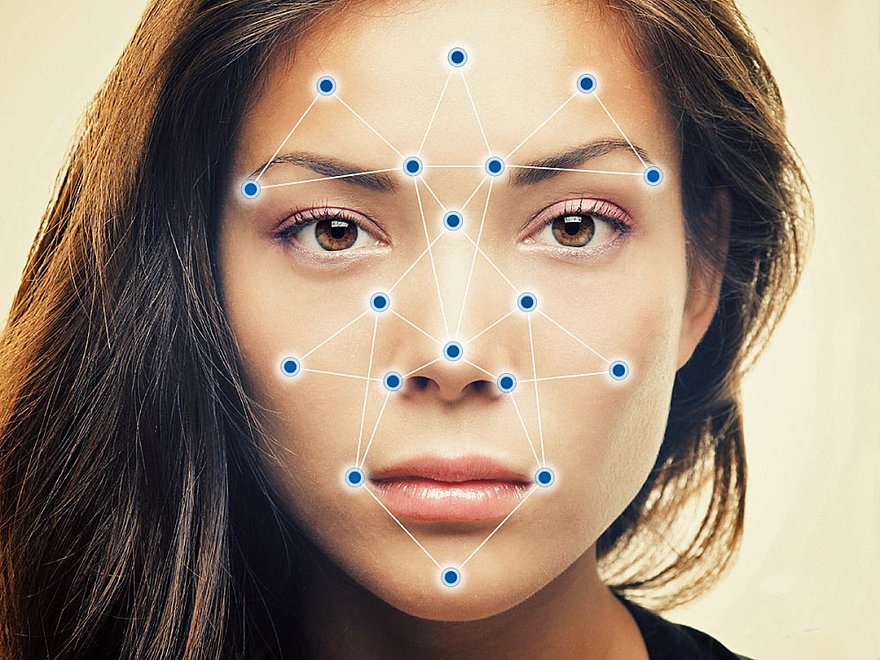As technology continues to disrupt industries, the education sector is also about to change. EduTech refers to the use of technology in the education industry in order to improve classroom experience and enhance educational outcomes (Frankenfield, 2018). Although the EduTech industry is still at the early phase of development, there is an increasing number of companies investing in innovative ways of education (Srivastava, 2018). For example, Microsoft has recently launched Artificial Intelligence-driven digital labs in collaboration with ten Indian educational institutions (Mete, 2019). In the near future, kids might not have the same learning experience as we used to have, and teachers might have to change their teaching methods or tools. There are four ways of how the education sector is transforming.
First, Augmented Reality (AR) in the education sector enables an immersive experience. Learning and teaching will no longer be limited by time and space. Instead, AR/VR-driven lectures will allow students to virtually experience through simulations, virtual field trips, real-life experiences. Teachers will also be able to effectively explain abstract and complex theories and concepts with the use of 3D models and digital modeling (ThinkMobiles, n.d.). For instance, in Portugal, the Polytechnic institute of Leiria is currently using AR in mathematics classes which have significantly increased student engagement and motivation (ThinkMobiles, n.d.).
Second, big data allows personalized learning. One of the limitations of traditional education used to be the lack of personalized content. However, in the near future, machine learning will be used to analyze students’ learning processes, interest and improvements in various aspects in detail (Das, 2019). By measuring progress and suggesting personalized study content, students will be able to reduce the time wasted on unnecessary content and focus more on customized learning materials (Chew, 2019). This customization of content and schedule is also expected to increase students’ participation, interests and educational outcomes.
Lastly, blockchain in the education sector might enhance security and reduce fraud as the use of blockchain can identify cheating and certificate or grade manipulation (Chew, 2019). In fact, starting in 2019, students from 18 Singaporean educational institutions will be receiving blockchain-based certificates (Chew, 2019). Additionally, blockchain will significantly reduce redundant administration procedures by instantly and automatically verifying credentials and certifications (Raval, n.d.).
Sources
Chew, N., 2019. 4 edutech innovations that will redefine learning habits in 2019. [Online]
Available at: https://e27.co/4-edutech-innovations-that-will-redefine-learning-habits-in-2019-20190928/
[Accessed 5 October 2019].
Das, P., 2019. 3 Ways Big Data Is Changing Education Forever. [Online]
Available at: https://www.entrepreneur.com/article/340087
[Accessed 8 October 2019].
Frankenfield, J., 2018. EdTech. [Online]
Available at: https://www.investopedia.com/terms/e/edtech.asp
[Accessed 5 October 2019].
Mete, S., 2019. Edtech Battle Heating Up: GOOGL, MSFT, AMZN & AAPL to Watch. [Online]
Available at: https://finance.yahoo.com/news/edtech-battle-heating-googl-msft-132301374.html?guccounter=1&guce_referrer=aHR0cHM6Ly93d3cuZ29vZ2xlLmNvbS8&guce_referrer_sig=AQAAAMguLaEREmsIsEp-yMini8fxY1vNGcX6janDO75ZV2HgJ3eEcxu6m3M0elvA05IyLFy8OS4CFaUI1HtHvauUTOxb0zCxTXD
[Accessed 6 October 2019].
Raval, S., n.d.. Bacancy Technology. [Online]
Available at: https://www.bacancytechnology.com/blog/blockchain-in-education-sector
[Accessed 08 October 2019].
Srivastava, M., 2018. Things to Consider Before Starting an EdTech Firm. [Online]
Available at: https://www.entrepreneur.com/article/316408
[Accessed 5 October 2019].
ThinkMobiles, n.d.. Augmented Reality in Education. [Online]
Available at: https://thinkmobiles.com/blog/augmented-reality-education/
[Accessed 8 October 2019].


